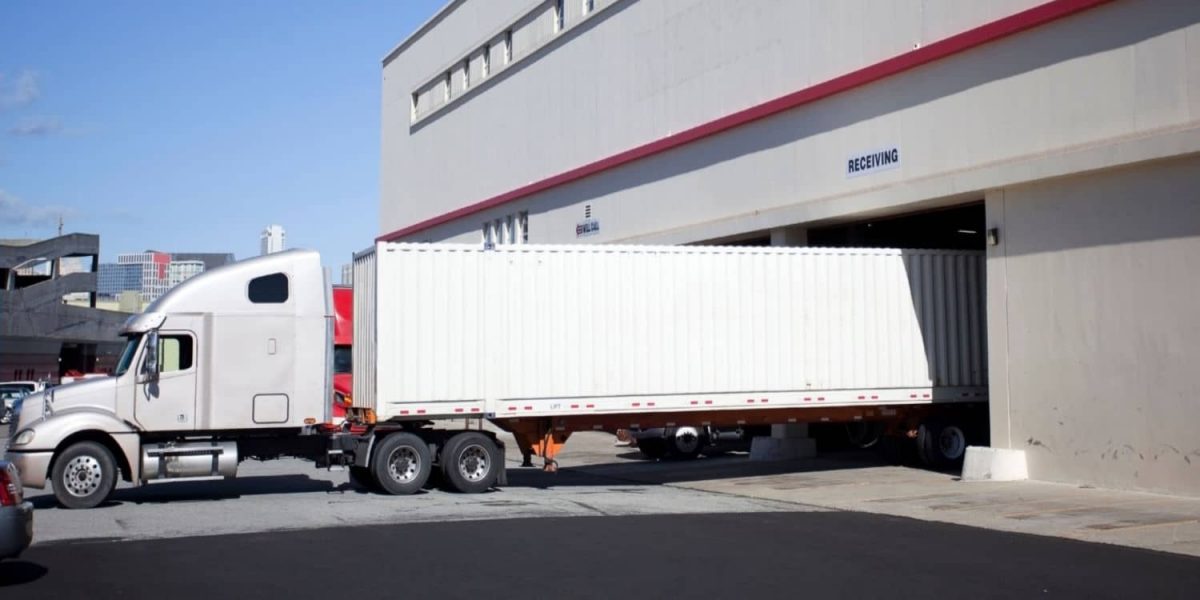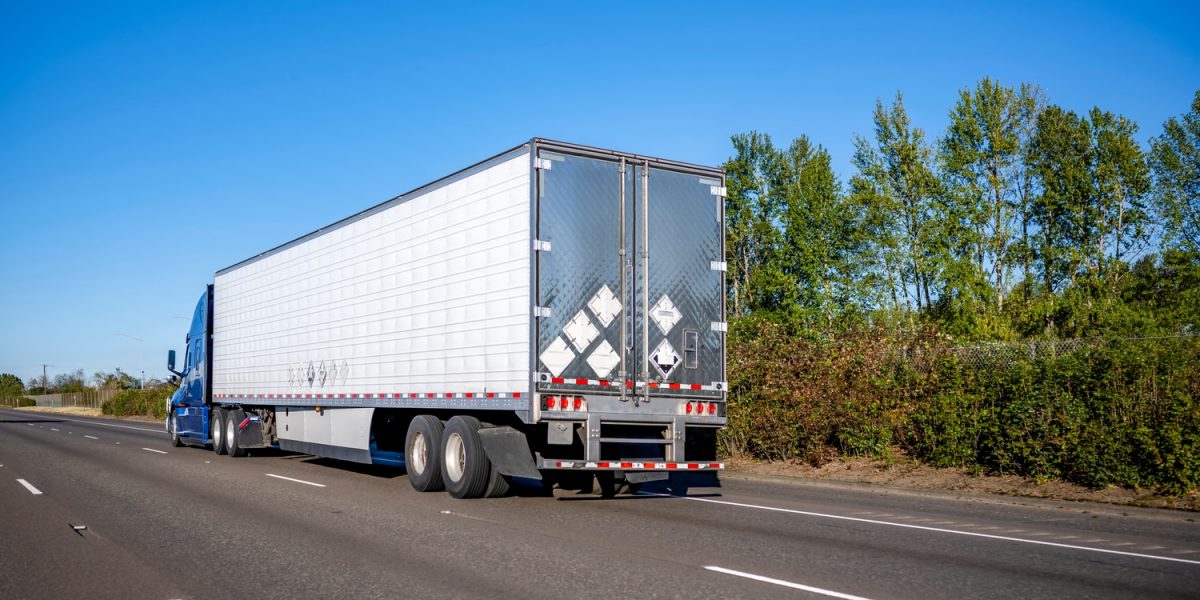Backing a semi-truck is one of the most difficult maneuvers for a truck driver, but an essential skill that must be taken seriously. This skill takes time to develop, but with patience and consistent effort, it is possible to do it effectively. Mastering backing will distinguish you from amateur drivers.
Keep these tips in mind to make the semi-truck backing process easier:
1. Safety First
Your safety and the safety of your truck are the most important parts of semi-truck backing. There is no shame in finding a different spot or asking for help you have a gut feeling that your trailer won’t make it. After all, you know your vehicle better than anyone else. Also, don’t be afraid to ask for any objects or debris in your path to be moved so you can back in safely if you need to get into a specific spot, such as at a shipper or receiver.
2. Drive Slowly
Patience is key when it comes to backing a semi-truck. Don’t let the pressure of your anyone watching make you rush, because safety is always more important than speed. Backing hastily can make you lose focus and skip important safety steps. Driving slowly will significantly reduce the risk of an accident, so readjust your angles or do a few pull-ups before backing if you need to.
3. Always Get Out and Look
You should always be aware of your surroundings before you back into a spot. When in doubt, always remember the acronym GOAL (get out and look). Take the time to walk completely around your truck and check for obstacles above, below, and underneath it. While it may seem like a hassle, it is important to not solely rely on what you can see from inside your cab. You can physically check your position as often as you feel is necessary to ensure safety.
4. Back the Trailer, Not the Truck
When you are backing a semi-truck, you want to think of it in terms of backing the trailer, not the truck. While it might feel counterintuitive, turning your steering wheel to the right turns the rear of the trailer left and vice versa. You can use your steering wheel to determine the direction of the trailer. Remember, when you place your left hand on the bottom of the steering wheel, the direction you move your hand is the direction the trailer will move.
5. Remember Your Training
When you are faced with a tough area to back into, it can be easy to doubt your abilities. However, just remember you have all of the truck reversing skills you need. Take a deep breath, be patient with yourself, and remember what you’ve been training for. It is also helpful to take advantage of resources while you have them at your disposal. During the process of earning your commercial driver’s license (CDL), ask your instructors for help and extra time to practice backing so you are better prepared for after graduation.
High-Quality CDL Training
Semi-truck backing is just one of the many skills we will teach you in our CDL training program at Phoenix Truck Driving School in Albuquerque. Our experienced instructors help prepare you for situations you may encounter while on the road.















